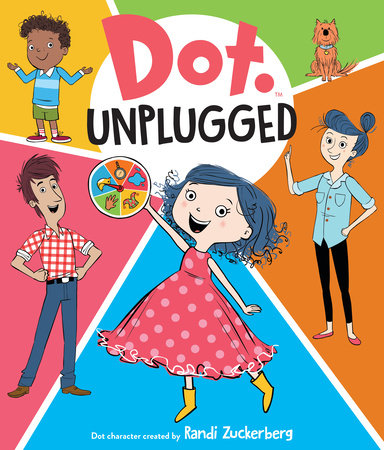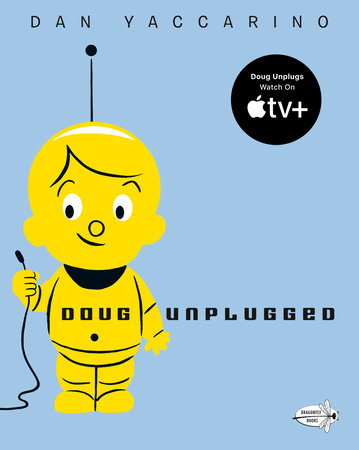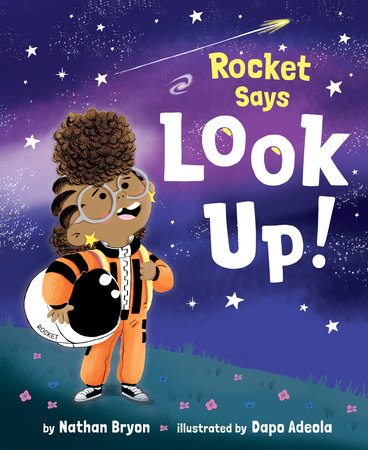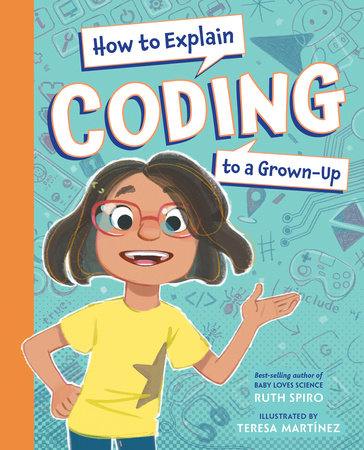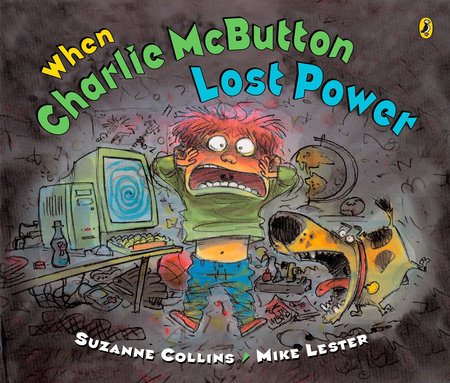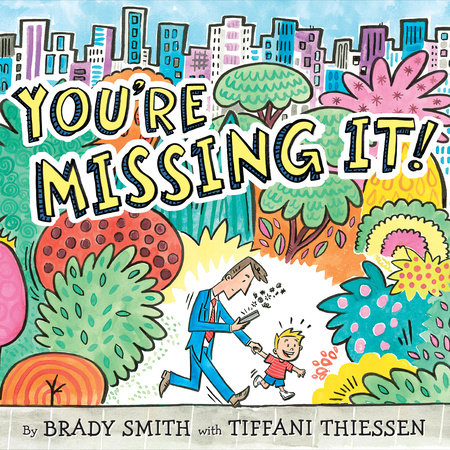Teach Your Preschooler Digital Literacy With These Picture Books
by Annisha Jeffries
Digital literacy for preschoolers involves teaching them how to use technology safely and in ways that are appropriate for their development. It’s about helping them understand that technology can be a tool for creativity while also learning to balance screen time with real-world experiences. It includes early exposure to coding, problem-solving, and responsible media consumption.
Experts recommend limiting screen time for children aged 2 to 5 to one hour per day of high-quality programming. This includes educational apps, videos, or interactive games that encourage learning. Technology should complement, rather than replace, the physical and social activities that are crucial for a child’s development. Parents should actively engage with their children during screen time, discuss what they see, and make the experience more interactive and meaningful.
1. Start with Stories That Teach Balance
When discussing the concept of balance about screen time, begin with Dot Unplugged and Doug Unplugged by Candlewick Press. In Dot Unplugged, Dot enjoys her gadgets but learns the joy of unplugging and engaging with the world around her. Similarly, Doug Unplugged tells the story of Doug the robot, who discovers that life beyond technology holds wonders he never imagined.
Tip: After reading, ask your child what they think Doug and Dot enjoyed most about stepping away from their screens. Make it a game to find screen-free activities that you can do together, from drawing and crafting to going outside and playing in the park.
2. Encourage Curiosity and Looking Up
In a world where everyone seems glued to their devices, Rocket Says Look Up! by Nathan Bryon reminds us to stay curious about the real world. Rocket is on a mission to get everyone to look up and witness the beauty of a meteor shower. The story helps kids see that wonders are all around them, waiting to be discovered.
Tip: After reading, plan an activity that encourages curiosity, like stargazing or a nature walk. Encourage your child to describe what they see without screens and discuss why it’s essential to “look up” and experience the world firsthand.
3. Introduce Basic Technology Concepts
If you’ve ever tried explaining coding to a preschooler, you know it can be challenging. Thankfully, How to Explain Coding to a Grown-Up by Ruth Spiro simplifies the process. This clever picture book introduces coding in a way that’s easy for young children to understand, showing that technology isn’t just something to use; It can be created and shaped.
Tip: Play simple coding games with your child. You can create a “code” with building blocks, colored paper, or even dance moves, where you take turns giving each other instructions to complete. By turning coding into a fun, interactive game, you show them that technology is built on simple ideas they can understand.
4. Teach Problem-Solving When the Tech Fails
When Charlie McButton Lost Power by Suzanne Collins offers a humorous take on what happens when a tech-obsessed kid finds himself without electricity. Charlie, who loves his video games, is at a loss when the power goes out. Throughout the story, he learns that the world is full of exciting things to do, with no screens required.
Tip: Use Charlie’s experience to brainstorm a list of non-tech activities your child can do when screen time isn’t an option. This can be an opportunity to remind them of all the things they love doing that don’t involve technology, from playing with toys to making art or building a fort.
5. Show the Importance of Being Present
You’re Missing It! by Brady Smith and Tiffani Thiessen cleverly shows what happens when a parent is too focused on their phone to notice the beautiful things happening before them. This relatable story encourages families to be mindful of how technology can distract from special moments, even in simple settings like the park.
Tip: Set up tech-free times during your daily routine, like mealtime or before bed, when the whole family (parents included!) puts away their devices and focuses on spending time together. Use this time to engage in conversations, read together, or play games — reminding your child that human connection is more important than what happens on a screen.
Helping Your Preschooler Thrive in a Digital World
Digital literacy is essential for young children, but fostering curiosity, creativity, and balance is equally important. Using stories like Dot Unplugged and Doug Unplugged to introduce these ideas can help your preschooler navigate technology. Whether you’re showing them how to balance screen time, encouraging them to explore the world, or teaching them basic tech skills, these books provide a fun and easy path to digital literacy. So, grab a book, snuggle up, and dive into a story that will spark conversations about the digital world and beyond!
-
Get the Books:
-

Dot Unplugged
Buy from: -
You might also like:
- Terrific Books That Introduce Programming to Children
- 6 Ways To Model Healthy Phone Habits for Your Kids
- When Is a Book Still a Book? Book Reading vs. Screen Reading

